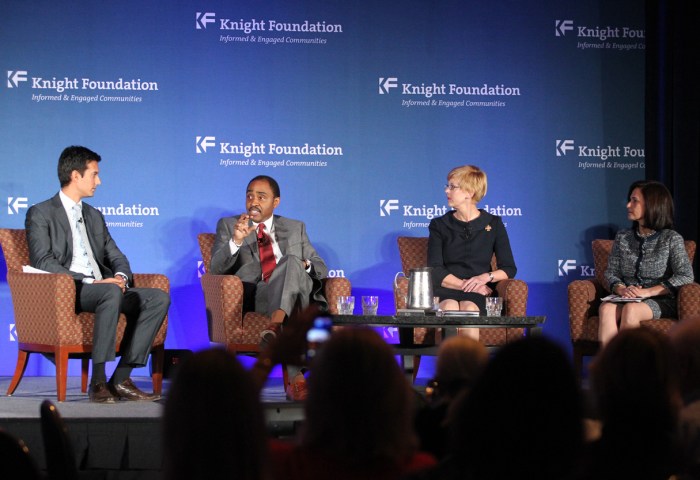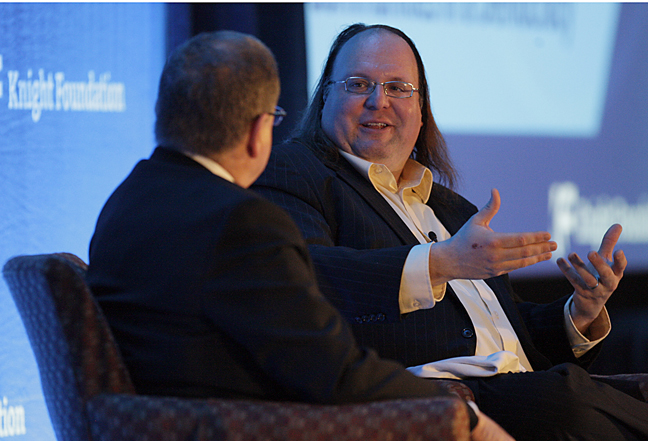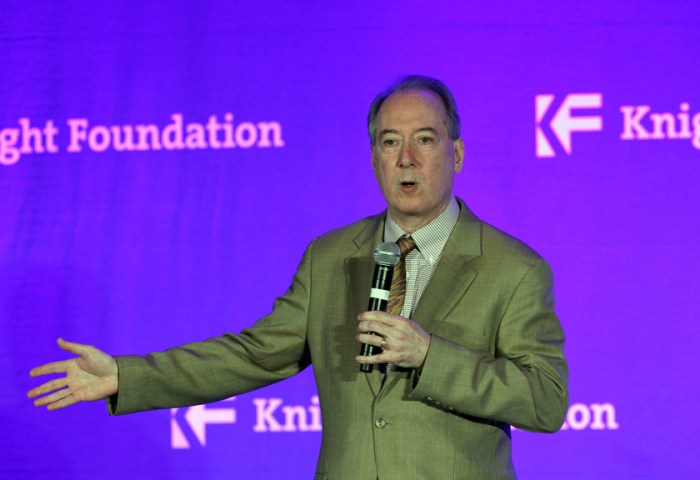Products like Apple’s first mouse, standup toothpaste and Sealy mattresses were all conceived by IDEO, an influential firm that has pioneered “design thinking” to create new products or systems. Design thinking brings together human behavior with what’s technologically viable for new products. But you don’t have to be a trained designer to use the method. […]
Article · February 11, 2013 by Elise Hu



